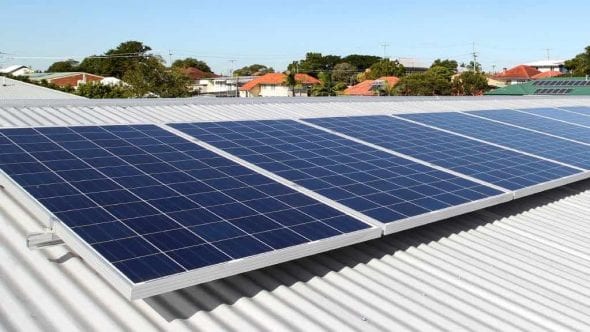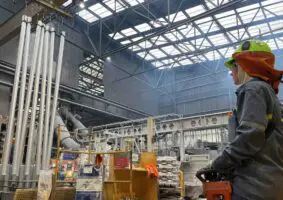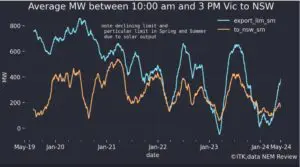The uptake of rooftop solar is expected to hit 2.9GW in 2020 and this is a significant increase from just under 2.2GW that we have seen from last year. As more households turn to rooftop solar, this has driven regulatory responses that have the potential to threaten the growth of solar.
From 28 September 2020, a new standard has been imposed for residents in South Australia where new rooftop solar installations will need to use a list of approved inverters and work with agents who can disconnect household systems for grid stability. The Smarter Homes Program has become a significant cause of concern for manufacturers who fear they could potentially be ‘locked out’ of the market.
This is an example why trying to control the growth of Distributed Energy Resources (DER) through regulation isn’t the way forward. The reality is we have a significant amount of rooftop solar inverters that have been installed that are not designed to be managed in a smart way.
To address this challenge, a huge amount of effort has been placed to integrate DER behind the scenes away from the eyes of households.
While segments of the solar industry have been critical about the regulatory and policy responses, we need to acknowledge the complexity and importance of the work that has done by organisations such as Standards Australia, AEMO to the Australian Energy Market Commission (AEMC). Every measure has been initiated to find a solution together that will address the lack of co-ordination that has happened over the years with the growth of DER.
We’ve relied heavily on technical standards for solar panels, microinverters to home batteries to address the penetration of DER. However, these standards have placed the burden on manufacturers to comply and it has become a growing challenge as standards need to evolve with technology.
The lack of overarching governance is also a significant issue. What is happening in South Australia right now could create an example that other states might feel compelled to follow should they consider the growth of rooftop solar to pose a risk to grid stability.
Rather than putting our focus on regulation which looks at safety, reliability and market mechanisms, we need to turn our attention towards innovation as our solution.
By putting innovation first, we can create new or novel solutions that manufacturers and energy management software providers can deliver to solve some of the challenges we’re currently facing with DER.
On a recent panel discussion organised by the Smart Energy Council, many speakers on my panel presented how they were looking to produce smarter solutions that would enable better control and for households to participate in demand response and virtual power plants. But the magic ingredient that was missing in that discussion was how we could work together as manufacturers and energy retailers to build an interoperable platform that would benefit everyone.
An interoperable platform that is linked together on a communications network using wi-fi or the mobile internet can be used to manage and control DER. This could be based on a global communications protocol such as IEEE 2030.5 to synchronise and control the reporting and management of devices.
The network would provide better visibility to DNSPs and regulators who need to manage the stability of the grid. Working with universal standards, households have further assurance that their rooftop solar and energy storage systems are protected from potential cybersecurity threats.
A consultation paper released by the Energy Security Board has outlined how we need to prepare for a transition towards a two-sided market with greater participation from consumers.
Working in the renewables industry, I would like to see is a sandbox where manufacturers, energy retailers and solution providers can come together to experiment and try new solutions to solve the challenges of growing DER penetration. A testbed for innovation is what we need right now to accelerate the development of a solution to address the needs of DER – away from the need to be regulated.
James Sturch is the Technical Director APAC at sonnen Australia










